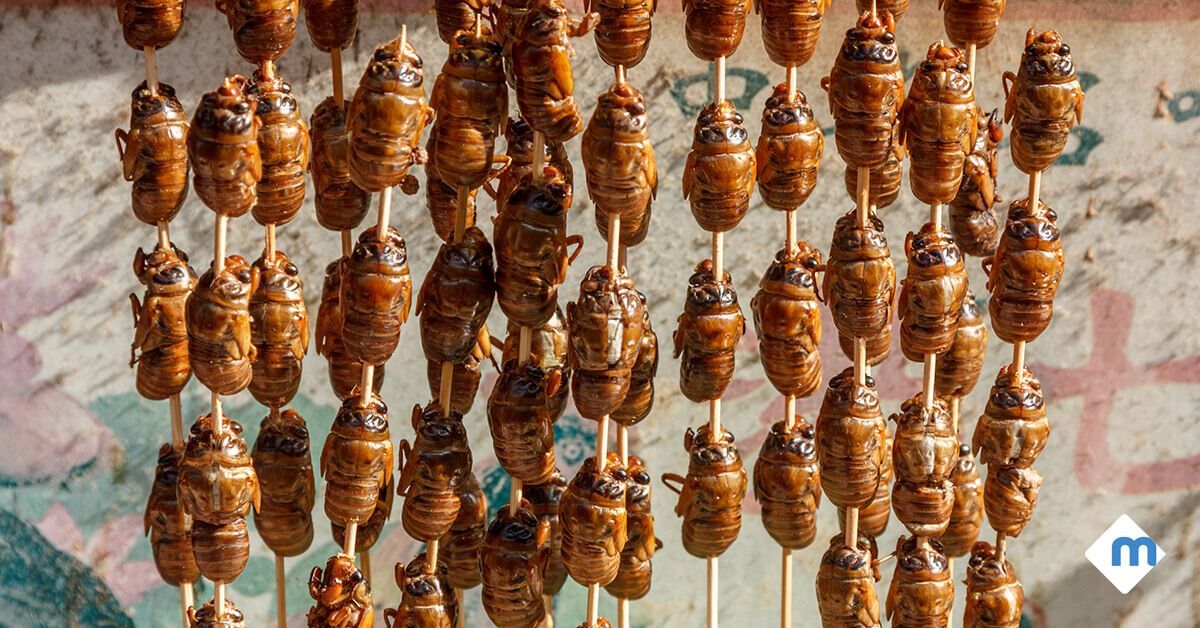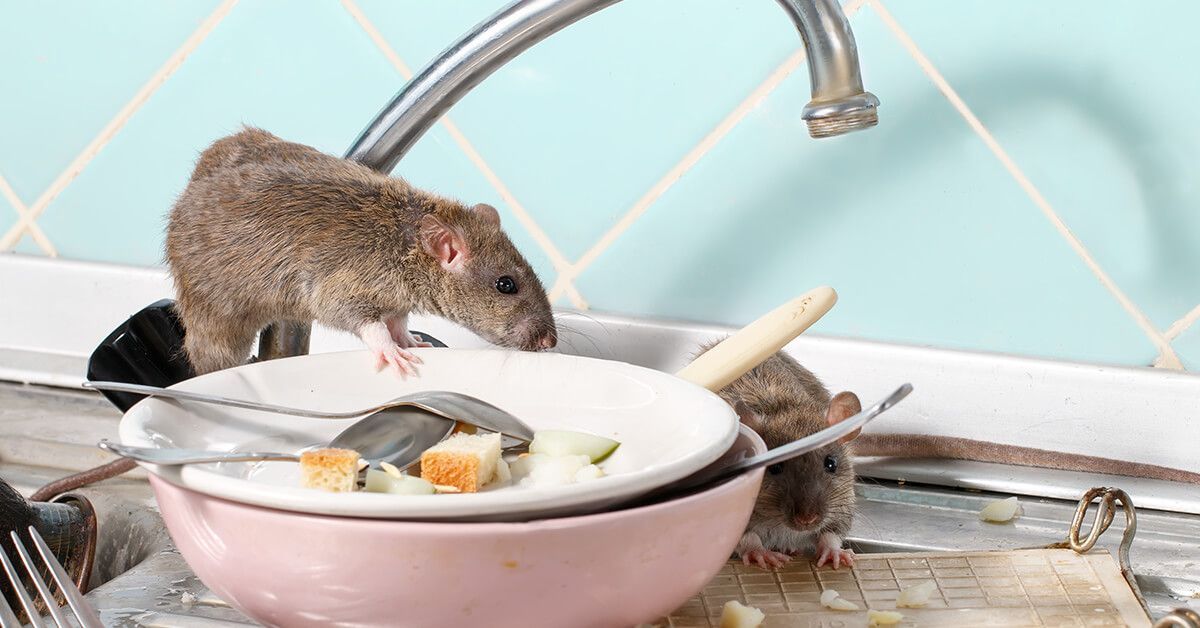Pests are frequently linked to filthy living areas, however this isn’t always the case. Many pests find their way into houses looking for a warm environment to stay, or they are mistakenly carried in. The species involved and the access point that the animals use determine the cause of the infestation.
Some homes are more attractive to pests than others. Rodents and bugs, for example, prefer to live in places where they can easily hide, feed, and keep hydrated. Your home will attract more pests than most if it is old, dusty, cluttered, or humid.
Household pests are difficult to detect until an infestation has begun, which raises the question of what causes pest infestations. What attracts pests to your home, and what can you do to keep them away?
What Causes A Pest Infestation
Pest infestation is one of the worst things that could happen to a homeowner, and depending on the type of pest, this problem can be either short-term or long-term. The home is a nice place for humans to live, but if you allow it, it may also be a good area for pests to live.
Natural ecosystems are slowly disappearing in many places as more land is converted to commercial and residential development. Pests have the same basic needs as humans (food, water, and shelter), and our homes adequately meet these needs. When the weather changes, the water runs out, or food supplies are shifted or destroyed, a variety of home pests, such as ants, termites, roaches, rats, and others, see your house as a good location to live.
What Makes Your Home So Appealing To Pests?
EASY ACCESS TO SHELTER
Pests take shelter indoors when the weather becomes cold or there is too much rain. Pests can get into your home through small holes, gaps, and crevices in the foundation, around windows and doorways, and through plumbing, sewage lines, and drainpipes.
FOOD IS AVAILABLE
Pests enter a home for three reasons: food, moisture, and protection. The easier it is for them to obtain these three items, the more likely they are to want to move in. As a result, denying them of these things is the most effective strategy to keep them out. Food is the simplest thing to deprive them of. Most of us leave food lying around the house. We throw away leftovers, leave dishes out, leave crumbs on tables, and don’t put snacks away. Pests, on the other hand, never forget about leftovers like this.
CLUTTER
You’d think that staying in your home would be enough for these nasty pests, but they want more. Pests are surprisingly timid small creatures. Even after they’ve penetrated your home, they’re looking for places to hide. They’d be overjoyed if they could get into cardboard boxes, drawers, cabinets, piles of clothing or fabric, or any of the other items that just sort of piles in your basement.
MOIST ENVIRONMENT
Water is essential for the survival of all living things. Most pests need to drink water, while others, such as crickets, can absorb it through their bodies. Bugs, on the other hand, require a lot of water. Pests are attracted to humidity because they can get all of the water they require through puddling or condensation on windows or walls. Most bugs are also much more at peace in moist environments, where their bodies will not dry out as rapidly.
Moisture is likely to be the source of pests in your home. Pests looking for a place to reside will swarm to a dark, moist, and quiet location. Locate the parts of your home that are typically humid and think about purchasing a dehumidifier. Keep an eye out for puddles or areas where condensation builds and keep them dry. Repair any leaks or leakage in the plumbing. Pests will be forced to leave after they run out of places to drink inside.
SEASONAL CHANGES
This is yet another important aspect that contributes to pest infestation. These pests seek shelter from the harsh weather conditions as the seasons change. This is very prevalent among insects and rodents. According to observations, most houses see the most pest activity as winter approaches because these critters seek protection from the cold. When the house additionally provides a favorable environment for these pests to hide, it may eventually lead to an infestation.




